


Account Deletion
gamer level 9
99339 xp
99339 xp
followers
312
312
Use my invite URL to register (this will give me kudos)
https://boardgaming.com/register/?invited_by=accountdeletion
profile badges




recent achievements

Expert Reviewer
Review 34 games and receive a total of 5000 positive review ratings.
Review 34 games and receive a total of 5000 positive review ratings.

Critic - Level 5
Earn Critic XP to level up by completing Critic Quests!
Earn Critic XP to level up by completing Critic Quests!

Explorer - Level 7
Earn Explorer XP to level up by completing Explorer Quests!
Earn Explorer XP to level up by completing Explorer Quests!

Watchtower
Follow a total of 40 other gamers.
Follow a total of 40 other gamers.

Not following any games yet
Player Stats
Critic (lvl 5)
4905 xp
4905 xp
Explorer (lvl 7)
14302 xp
14302 xp
Professor (lvl 4)
1728 xp
1728 xp
Reporter (lvl 6)
6967 xp
6967 xp
About Me
The birth of my son and resultant desire to watch less television in order to set an example for him created a void in stimulating activities in our household that I was desperate to fill. Comedy website Cracked.com (of which I am a regular reader) provided the extremely unexpected solution...
An article written by Luke McKinney and published on March 6th, 2013 titled "6 Board Games That Ruined It for Everyone" humorously articulated everything that made me hate board games. It particularly singled out Life, Connect Four, Chutes and Ladders, Battleship, Risk and Monopoly - all games that I detested growing up and representing perhaps 60% of the games I had played in my life up until that point - as games that drive people away from boardgaming. But while I chuckled along with my board game aversion, there was a surprise waiting in the second half of the article.
The author suggested 6 alternatives, titles that embody the fun and imagination board games represent if you can get beyond the Milton Bradley/Parker Brothers/Hasbro/Mattel stranglehold on department store shelves. The author's descriptions and analyses of Power Grid, King of Tokyo, Settlers of Catan, Ricochet Robots, Alien Frontiers and Ticket to Ride hooked me immediately. In an attempt to figure out which to buy first, I stumbled on this website...
I no longer have cable, and my Netflix account sees drastically reduced use. But I am stimulated.
An article written by Luke McKinney and published on March 6th, 2013 titled "6 Board Games That Ruined It for Everyone" humorously articulated everything that made me hate board games. It particularly singled out Life, Connect Four, Chutes and Ladders, Battleship, Risk and Monopoly - all games that I detested growing up and representing perhaps 60% of the games I had played in my life up until that point - as games that drive people away from boardgaming. But while I chuckled along with my board game aversion, there was a surprise waiting in the second half of the article.
The author suggested 6 alternatives, titles that embody the fun and imagination board games represent if you can get beyond the Milton Bradley/Parker Brothers/Hasbro/Mattel stranglehold on department store shelves. The author's descriptions and analyses of Power Grid, King of Tokyo, Settlers of Catan, Ricochet Robots, Alien Frontiers and Ticket to Ride hooked me immediately. In an attempt to figure out which to buy first, I stumbled on this website...
I no longer have cable, and my Netflix account sees drastically reduced use. But I am stimulated.





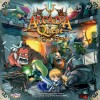


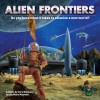































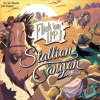







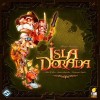
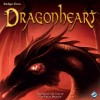


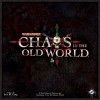


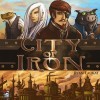
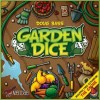
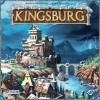

















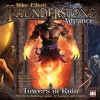















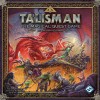
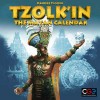




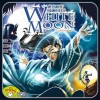











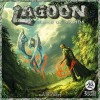
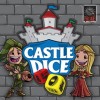
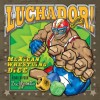










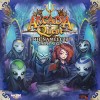






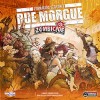


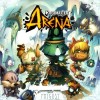











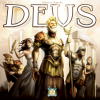





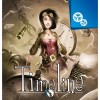









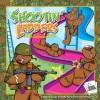





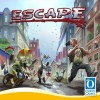












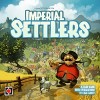

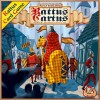



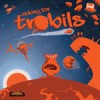












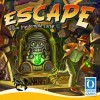
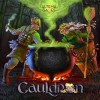










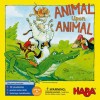








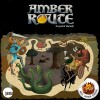
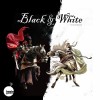


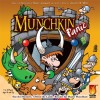

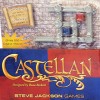






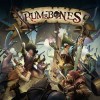

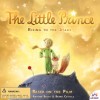
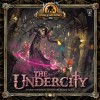











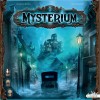

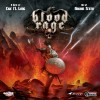


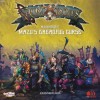
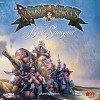














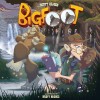










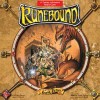



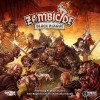





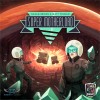

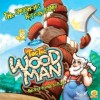








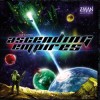










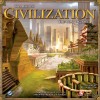


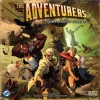







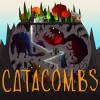













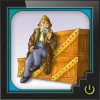
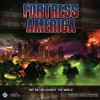
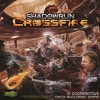





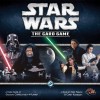

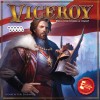



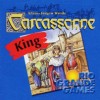






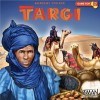
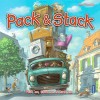





T.I.M.E Stories
T.I.M.E. Stories is a bit difficult to classify. Is it a board game? Kind of, but it’s not strategic or tactical, with few mechanics and moderate luck. Is it a roleplaying game? Possibly a very light one, but there’s no leveling outside of finding items and no character customization. Is it a storytelling game? While the story is definitely the selling point, there’s a lot more going on than a standard choose-your-own-adventure. So what classification fits it best? For me it’s video game. I left the digital game world behind a decade ago so my references are dated, but this is much closer to my PS2 favorites – well-known titles like Resident Evil and Silent Hill (the Asylum scenario included with the base game is particularly Silent Hill-y) as well as lesser-known games like Fatal Frame and Shadow of Destiny (my all-time favorite video game, and like T.I.M.E. Stories built around the central theme of time travel). The following is about the game system, with no scenario spoilers.
Observed Set-Up and Play Time
Set up of any T.I.M.E. Stories scenario takes 2 minutes – you place the board, dump some tokens around it, place the scenario’s deck and you’re off. However, character selection – which is part of set up in other games – is moved to gameplay here, and it can cause games to start a little slow as you analyze options and build a balanced team. Play time varies – the number of actions players can take in the game is determined by a given scenario’s “temporal units” (TUs), and while the board supports up to 60 TUs, scenarios can use as little as 25. A 25-TU scenario takes around an hour for one “run” (you’ll almost certainly need more than one run to complete a scenario), while a 60-TU run could go well over two hours. When you factor in the number of runs you’re likely to need to complete the story, you’ll be spending around 5 or 6 hours total – but they’re easily broken up over several game nights.
My Learning Curve and Teach Time
T.I.M.E. Stories is light on mechanics, so it’s easy to pick up quickly. The rulebook is primarily concerned with making sure players understand movement and skill check rules; most other rules are spelled out on the cards that make up scenario decks. The rulebook is digestible in around 30 minutes, and you’ll be error-free in your first game. Teaching is similarly easy, requiring only a summary of movement and skill check rules picked up from the rulebook. Around 5 minutes with a new player and you’re ready to start.
Group Sizes and Dynamics
T.I.M.E. Stories is playable with 2, 3 or 4 players, and I’ve covered each player count in the first three scenarios. Surprisingly, I’ve found it plays equally great at each. The rulebook gives you pause by stating that the game’s intended interaction will work much better with 4 than fewer, but I’ve found that to be false. With two players you’ll be managing two investigators apiece; with three you’ll be managing one (playing with one fewer investigator than other player counts), but you’ll get a well-balanced bonus that evens things out. You’ll obviously have fewer people to brainstorm with in a 2-player game, but I didn’t find that to be detrimental at all.
Objectionable Material
Without getting into specifics to avoid spoiling anything, T.I.M.E. Stories is not for children or pre-teens. In addition to time travel, horror is the constant theme through the first three scenarios – and it can get pretty close to R-rated. Pictures on cards are rife with scary imagery, while written materials can be very adult. While the rules could be easily digested and followed by an 8-year-old, I won’t be playing this with my kids until they’re 15 or so (and a decade between playing a scenario will be necessary as you’ll need to forget everything before trying to replay).
Comparable Titles
The two closest comparisons for T.I.M.E. Stories I’ve come across are Agents of SMERSH and Tales of the Arabian Nights. While each of those titles are decently-replayable choose-your-own-adventure games with hundreds of pages of options allowing you to piece together different stories every time you play, T.I.M.E. Stories has exactly one path – and you’ll need to expose at least 80% of the story to complete a scenario. It’s a zero-replayability game, but I find it much more engaging than other storytelling games.
There is almost no middle ground for T.I.M.E. Stories – outside of Legacy games, there’s nothing you can purchase that will get fewer plays, which we can all agree is a bad thing. However, I’ve yet to find another game as engaging when you’re in it. When you fail a run, you will think about nothing else until you get to attempt the next run. You’ll work on solving puzzles for hours between play sessions. And when you unravel the mystery to get to the end you’ll feel genuine accomplishment.
About Replayability
Unlike Legacy games, you’ll do nothing to harm or otherwise change any of the game materials in T.I.M.E. Stories. Theoretically, you could finish a scenario with one group and begin playing with another. But it doesn’t work that way, as the “game” is in trying to graduate from “wandering aimlessly around talking to weirdos” to piecing together the correct path of rooms to visit and objects to collect to get to the end in the allotted time. Once you’ve learned this – as well as the solutions to all of the puzzles you’ll encounter along the way – you’ll remember them for the foreseeable future. If another group were to attempt to play it with you involved, it would be cheating. So you play for 5(ish) hours, then you put it away until the next expansion comes along – and you pay another $20 for that new scenario (just a new deck of 120 to 150 story cards). If being completely captivated (and borderline obsessed) for 5 hours is worth $35 to you ($20 for each additional 5 hours), T.I.M.E. Stories can’t miss. If you’re less worried with story/theme, and prefer mastering game mechanics through dozens of plays, this is a definite pass. Overall, T.I.M.E. Stories is one of the best cooperative games I’ve played, and one of my favorite games ever.